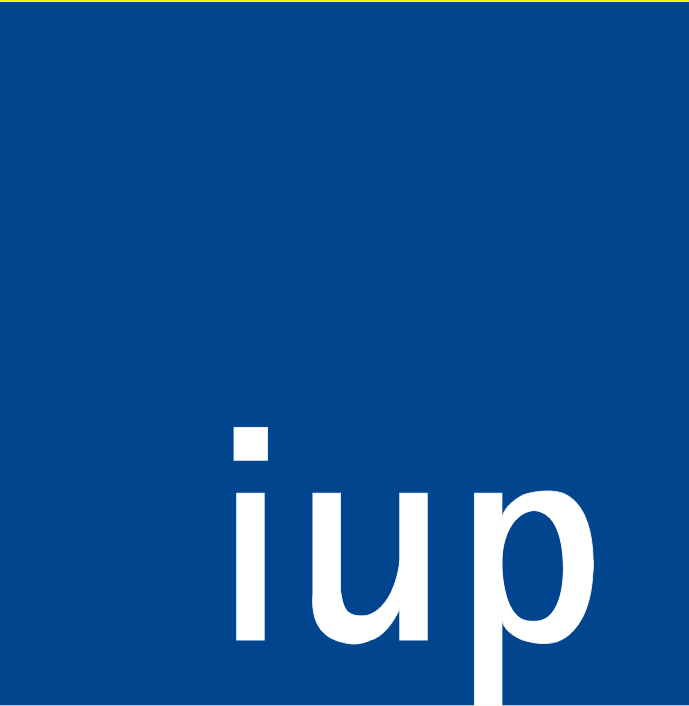Publications (FIS)
What ecosystem service information format is most effective for communicating with the general public? Insights from a representative survey with integrated choice experiment.
- authored by
- Cedric Gapinski, Johannes Hermes, Christina von Haaren
- Abstract
The ecosystem service (ES) concept is considered a powerful communication tool to illustrate the benefits of ecosystems to stakeholders, decision-makers and the general public. Knowledge is lacking on how best to communicate the benefits of ES, and the added value of primarily monetary ES information is scarcely studied. We contribute to this ongoing discus-sion by focusing on the general public in Germany. With a representative online survey (n = 2100), including a choice experiment (CE), we investigated how different ecosystem service information formats (ESIFs) influence the preferences for the amount of added large wood (LWa) to a river section. We divided re-spondents into three CE groups, and each group obtained associated information on two dif-ferent ES in only one of these three ESIFs: ordinally scaled (qualitative), (cardinally scaled) quantified, and monetary (economic) ES information. Each group preferred the presence of LW to the status quo (no LW). However, pref-erences were significantly lower in the groups with quantified and monetary ESIF than those with ordinal information. We detected differences in decision behavior for certain groups, e.g. younger individuals and women responded positively to ordinal, but more negatively to mone-tized ES information. Respondent’s flood experiences negatively affected the preferences for LWa, but monetary ESIF eliminated this effect. While respondents in all groups rated ES in-formation on water quality as highly relevant to decisions, the state of the local fish population was only relevant with ordinal information. We recommend keeping ordinally scaled information as the default ESIF to communi-cate ES conditions and benefits. This can be case-specifically combined with other formats. Quantified, and especially monetary ESIF, should only be applied if they are economically relevant or to address rejecting people. Quantified information can increase transparency and credibility, and monetary information may contribute to a more neutral and constructive atti-tude of project opponents.
- Organisation(s)
-
Institute of Environmental Planning
Landscape Planning and Nature Conservation
Leibniz Research Centre Energy 2050
- Type
- Preprint
- No. of pages
- 33
- Publication date
- 28.02.2022
- Publication status
- E-pub ahead of print
- ASJC Scopus subject areas
- Nature and Landscape Conservation
- Research Area (based on ÖFOS 2012)
- Landscape planning
- Sustainable Development Goals
- SDG 14 - Life Below Water


